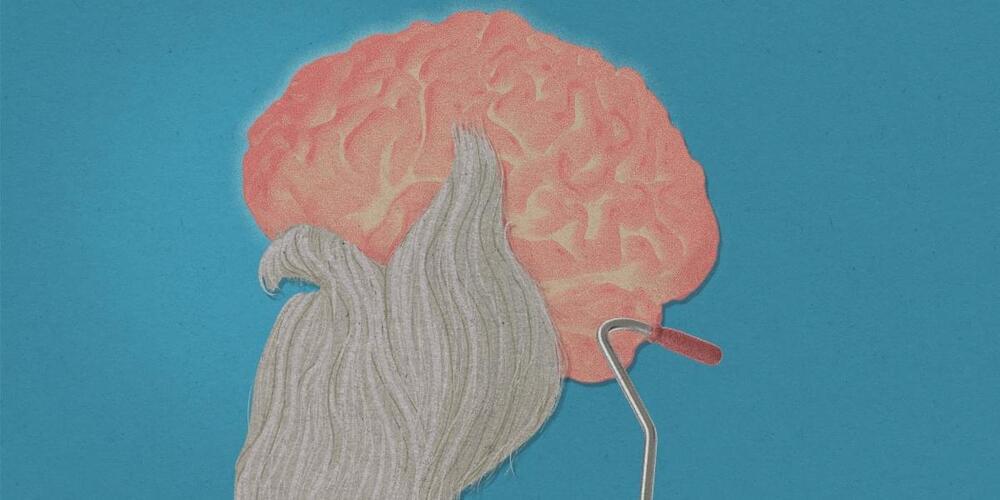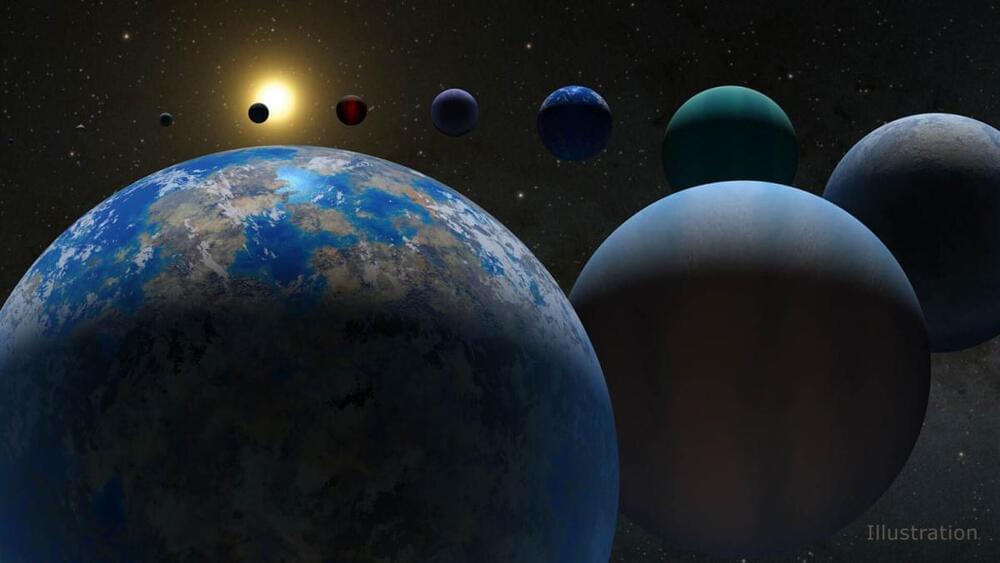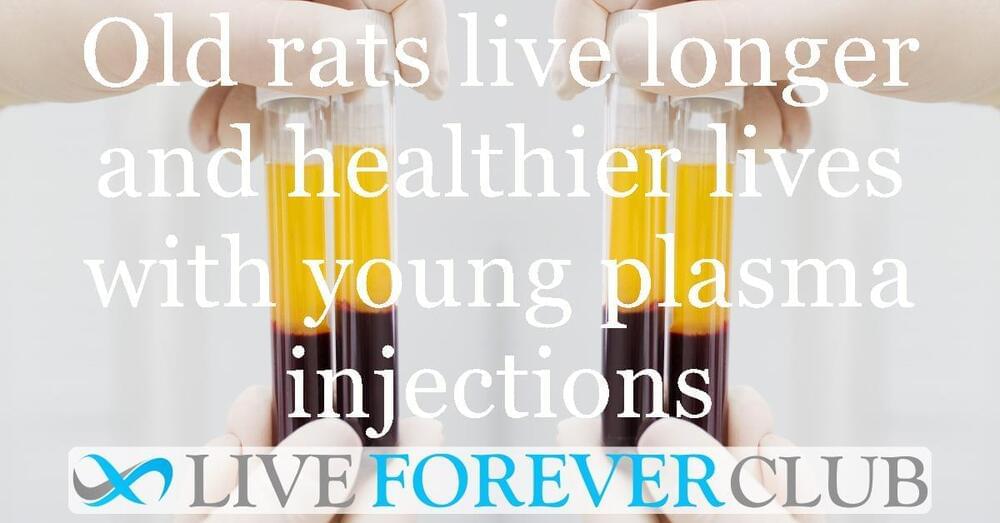Start listening with a 30-day Audible trial and your first audiobook is free. Visit http://www.audible.com/isaac or text “isaac” to 500–500.
A Galaxy of trillion of worlds, all separated by vast gulfs of time and space, it is very easy for pioneers and colonists to disappear. But what happens to these lost space colonies?
International Space Development Conference Registration: https://isdc2022.nss.org.
Visit our Website: http://www.isaacarthur.net.
Support us on Patreon: https://www.patreon.com/IsaacArthur.
Support us on Subscribestar: https://www.subscribestar.com/isaac-arthur.
Facebook Group: https://www.facebook.com/groups/1583992725237264/
Reddit: https://www.reddit.com/r/IsaacArthur/
Twitter: https://twitter.com/Isaac_A_Arthur on Twitter and RT our future content.
SFIA Discord Server: https://discord.gg/53GAShE
Listen or Download the audio of this episode from Soundcloud: Episode’s Audio-only version: https://soundcloud.com/isaac-arthur-148927746/lost-space-colonies.
Episode’s Narration-only version: https://soundcloud.com/isaac-arthur-148927746/lost-space-colonies-narration-only.
Credits:
Rogue Civilizations: Lost Space Colonies.
Science & Futurism with Isaac Arthur.
Episode 342a, May 15, 2022
Written, Produced & Narrated by Isaac Arthur.
Editors:
Curt Hartung.
Jason Burbank.
Keith Blockus.
Graphics:




